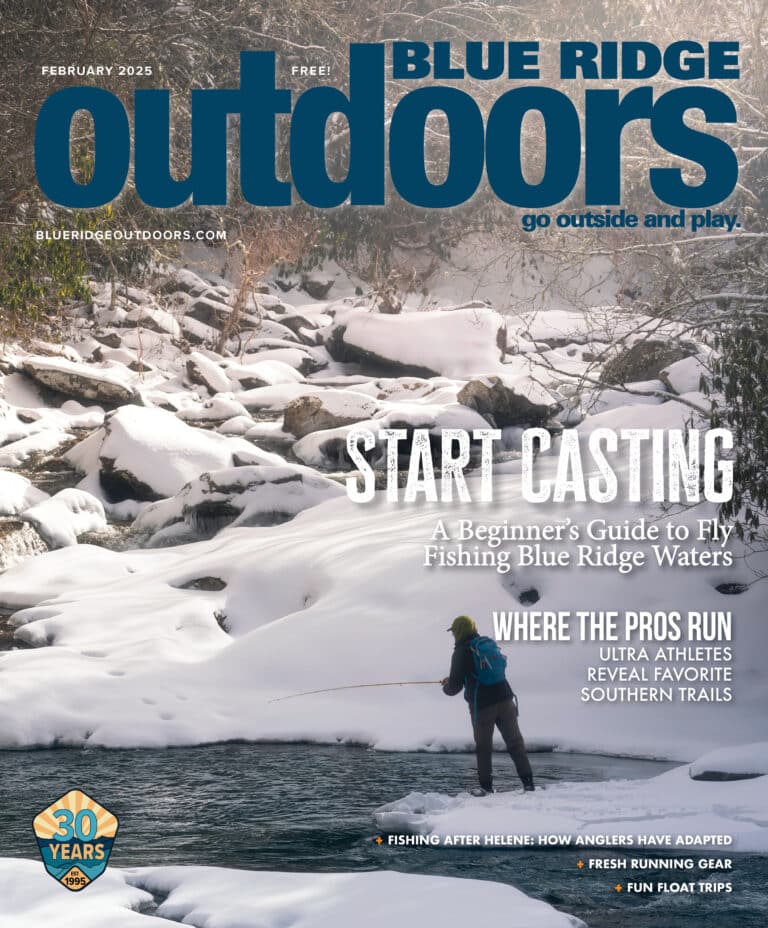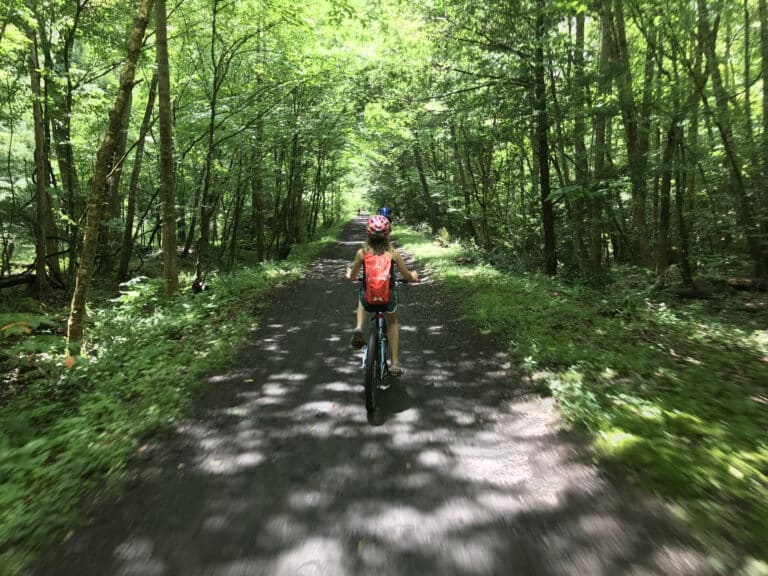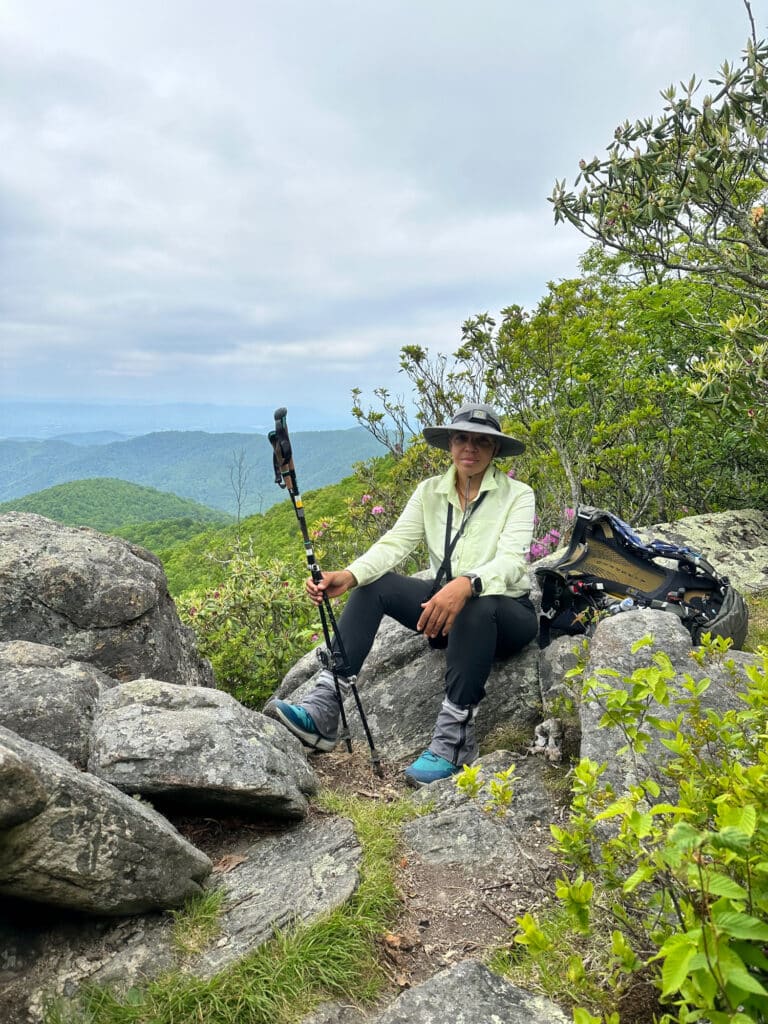Author Ben McGrath reflects on his book about a man who quit his job, thru-paddled nearly every major river in America, and then disappeared
New Yorker staff writer Ben McGrath met Dick Conant by accident on the banks of the Hudson River at a friend’s 2014 birthday party in Piermont, New York, when the latter floated up uninvited and docked his canoe at a backyard seawall. The 63-year-old wore a trucker’s cap, long Santa Claus beard, battered overalls, and work boots. His canoe brimmed with coolers, canned foodstuffs, tarps, and fishing and camping gear.
McGrath soon learned the friendly stranger had put in near the Canadian border and planned to thru-paddle to Naples, Florida. Conant, who said he had no home but was not homeless, had spent more than 15 years taking similar trips across the country, yet never sought media attention. He had no social media presence, or brand sponsorships, nor a desire to attain them.
The encounter inspired a small piece in the New Yorker. Three months later Conant’s fully loaded canoe was found abandoned in a creek on the Albemarle Sound. Haunted by the disappearance, McGrath went on an epic reporting journey to unearth the story of a man whose life seemed the stuff of Twainian legend.
Here, he talks about his resulting book, Riverman: An American Odyssey.

BRO: What drew you to want to learn more and write about Conant?
BM: When you talked with him, you could tell he was different, you’d immediately get the sense he was legitimate. There was nothing pretentious, nothing phony.
Not to be overly cynical, but in the internet age, people doing [these kinds of grand outdoor adventures] seem to be trying so hard to call attention to themselves. So much so that, on some level, I tend to presume it’s not the love of travel but the attention that inspires them.
But Dick had no stated objective. He wasn’t trying to set some arcane record. He was just doing all of this for himself. That fact intrigued me and was only amplified by the mystery of his disappearance.
Beyond that, I was fascinated by the idea of an explorer in a world without real frontiers. Dick was traveling [what is effectively North America’s oldest interstate system] and finding remnants of genuine wildness and pioneer spirit in a land ostensibly overtaken by corporations.
BRO: Tell us a bit about Conant’s life and background. What led him to take up thru-paddling?
BM: Dick was born in Germany in 1951 and grew up as a bit of an army brat. He lived all over the place, but most of his schooling took place in Pearl River, New York. Back then, that was a fairly rural area full of country roads. Dick thought of it as Mark Twain’s country and his love of the water began with a dinghy on the upper Hackensack River, and actually led him to found a [float] club called the Catfish Yacht Club.
Dick was a gifted student. He graduated at the top of his high school class and won a full-ride college scholarship. He studied art at SUNY Albany. He went to Woodstock and met Jimi Hendrix. By all accounts he was an extremely talented, convivial man who, because of various troubles, didn’t amount to much in the conventional sense. He struggled with mental illness and alcohol. His father was an alcoholic. His brother committed suicide. There were hints about possible abuse by a Catholic priest. A tendency toward paranoia led him to lead what he called a “checkered professional career.”
Dick joined and was honorably discharged from the Navy. He worked on the railroad, on oil rigs, in coal mines. He worked as a janitor in libraries and in hospitals. He was a weather observer at the University of Montana. He sold bus tickets for Greyhound.
But Dick was also a gifted artist and extremely well read. He had a knack for making new friends and people loved him wherever he went. He could sit at a dinner table and hold forth and have everyone riveted. He wrote three unpublished books and thousands of pages of journal entries.
In 1999, Dick quit his job, gave up his apartment, bought a canoe, and set out on a transcontinental [paddling trip] that carried him down the Yellowstone, Missouri, and Mississippi rivers to the Gulf of Mexico. After that, it was one trip after another. He completed at least five major journeys, including [thru-paddling] the Mississippi and a trip from western New York to south Texas. When he wasn’t on a river, he was camping.
BRO: What do you think Conant discovered on the water, and what motivated him to keep going?
BM: I think the rivers were a survival mechanism. Dick really believed that taking to the water was the beginning of saving his life, not ending it. Moving along with the current was the only way he could be happy in the world; it was his way of being. But here’s how he described it in a 2008 journal entry:
“Frankly, if somebody prefers the domestic life, that is the life he leads or pursues. If he prefers to wander, then he takes off. This stuff about finding oneself is a bunch of baloney. I repeat, that I am not out here finding myself. I was never lost. What I am doing is paddling around, finding geography I have not seen, observing various industry and transport, experiencing wildlife, meeting new people, most of whom are worth meeting, and having a jolly good time before I die.”
BRO: Dick Conant’s body was never recovered. Do you think he’s still out there?
BM: Well, he hasn’t accessed his bank account since the canoe was found. So if he’s alive, he’s living under another identity. That would be remarkable and I wouldn’t put it past him, but I personally don’t find it likely.
That said, I’ve talked to quite a few people, including my neighbor, who prefer to believe he’s off on another adventure. And I don’t want to disabuse them of that possibility. Because for me, that was the most powerful element of Dick’s story: What he did and how he lived could totally rewrite our preconceptions about what’s possible.







